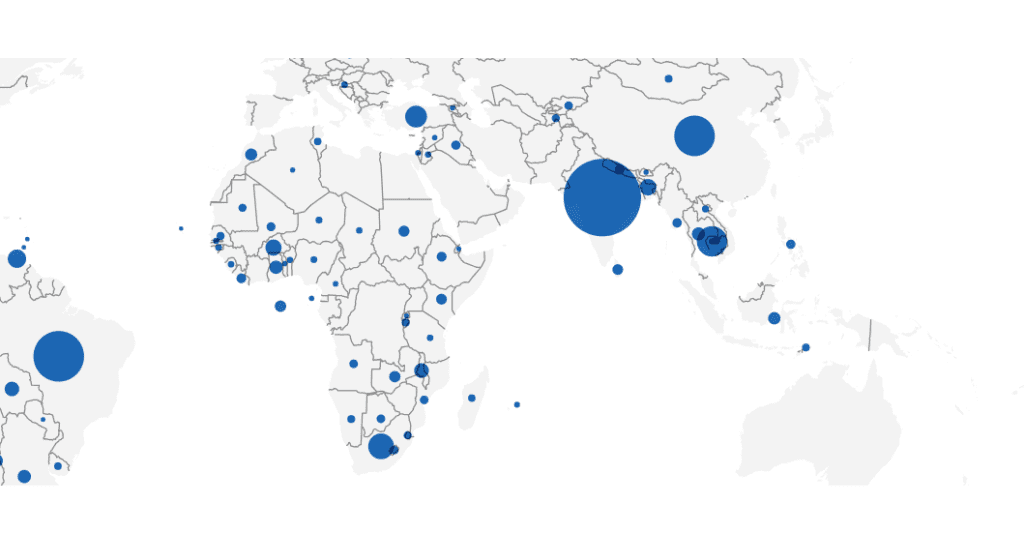Keywords: School Feeding Programs, Child Nutrition, Poverty Alleviation, World Bank, Development Indicators

Introduction
School feeding programs are often directed towards families living in poverty. A great leap has been made in this field as indicated by the Social Protection Indicator Atlas. Between 2009 and 2016, school feeding programs reached nearly 270 million children across 89 economies assisted by the World Bank. More than 20% of these children came from the poorest 20% of families as defined by their income or consumption levels before transfer payments. In countries like Slovakia, Latvia, and Uruguay, over 50% of beneficiaries came from such families.
Impact on Children’s Health
A noteworthy case to consider is the evaluation of the world’s largest school feeding program in India. The study revealed that school feeding significantly improved the ratio of height-for-age (by 0.43 standard deviations) and weight-for-age (by 0.22 standard deviations) among vulnerable children affected by drought – a metric typically used to measure stunting and wasting. This reveals the potential of school feeding programs in improving the nutritional status of school-aged children.
Conclusion
The ability of school feeding programs to reach some of the world’s most vulnerable children and positively impact their nutritional status, cannot be overstated. These initiatives play a crucial role in poverty reduction and the promotion of education, highlighting the potential of such programs in fostering a more inclusive and healthy society. It is a collective responsibility to support and enhance these programs further to ensure the well-being of our future generation. Do you have any questions or suggestions on this topic? Feel free to comment below. Let’s work together to enhance the reach and impact of these vital initiatives!





